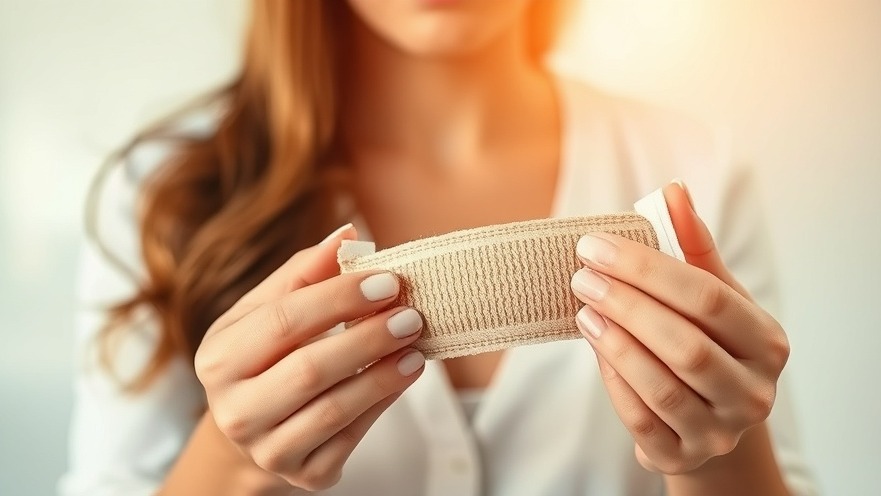
Why Placenta Bandages are Dashingly Beneficial
The placenta, often discarded post-childbirth, has emerged as a powerful resource in bioengineering. While the notion of consuming placenta for nutritional benefits has gained traction over the years, recent insights tell a different story—one that emphasizes the use of placenta in wound healing through innovative bandage applications.
The Science Behind the Bandage
According to bioengineers, placentas are a rich source of nutrients, collagen, and stem cells that hold invaluable properties for tissue repair. When incorporated into bandages, these natural resources can promote healing and potentially reduce recovery times. Unlike the contentious practice of eating placenta, which is fraught with uncertain benefits and potential health risks—such as the potential presence of pathogens—the biomaterial approach invites more promising applications.
Understanding the Risks of Placenta Pills
Historically, many mothers turned to placenta pills after childbirth, often claiming mood enhancement and vitality improvements. However, as evidence mounts against the safety of these pills, health organizations now caution against their consumption. After the CDC issued recommendations to avoid placenta pills following health scares involving infections, the practice has come under heightened scrutiny. Prenatal and postnatal care practitioners need to remain informed about the safety and efficacy of interventions they recommend to new mothers.
Healing with Nature’s Splendor
The transition from consumption to application reframes how we view placenta. By utilizing the natural regenerative capabilities of this organ within a controlled setting, healthcare providers can harness its benefits with minimal risk. Biomaterials derived from placenta offer an exciting avenue for healing, especially in clinical situations where damaged tissue needs expedited recovery.
Market Potential and Patient Connection
For concierge health practitioners, understanding the dynamics of this emerging market can foster stronger connections with patients seeking natural yet effective healing options. By implementing placenta-based solutions, practitioners can differentiate their services, emphasizing holistic approaches that align with modern wellness trends. This is also an opportunity for practitioners to educate their patients about more effective healing alternatives, leading to a more informed patient base that values evidence-based practices.
Future Trends in Regenerative Medicine
As the landscape of healthcare continues to evolve, the exploration of biological materials for therapeutic use is gaining momentum. Expect to see a rising interest in regenerative medicine that integrates organic elements like placenta into standard care protocols. This trend could revolutionize how practitioners approach wound care and recovery models
The Path Forward for Practitioners
To stay ahead in the healthcare sector, practitioners should familiarize themselves with the principles of regenerative medicine and the applications of placenta biomaterials. Engaging in continued education, pursuing research collaborations, and following regulatory updates will empower practitioners to provide cutting-edge care to their patients—ultimately leading to enhanced outcomes in wound management.
Taking Action for Enhanced Patient Care
With the promising potential of placenta as a biomaterial for wound healing, this is the moment for health practitioners to act. Explore the benefits of placenta bandages as alternatives to traditional methods and consider integrating them into your practice. By doing so, you will not only be aligning with innovative health trends but also enriching the healing journeys of your patients.
 Add Row
Add Row  Add
Add 




Write A Comment